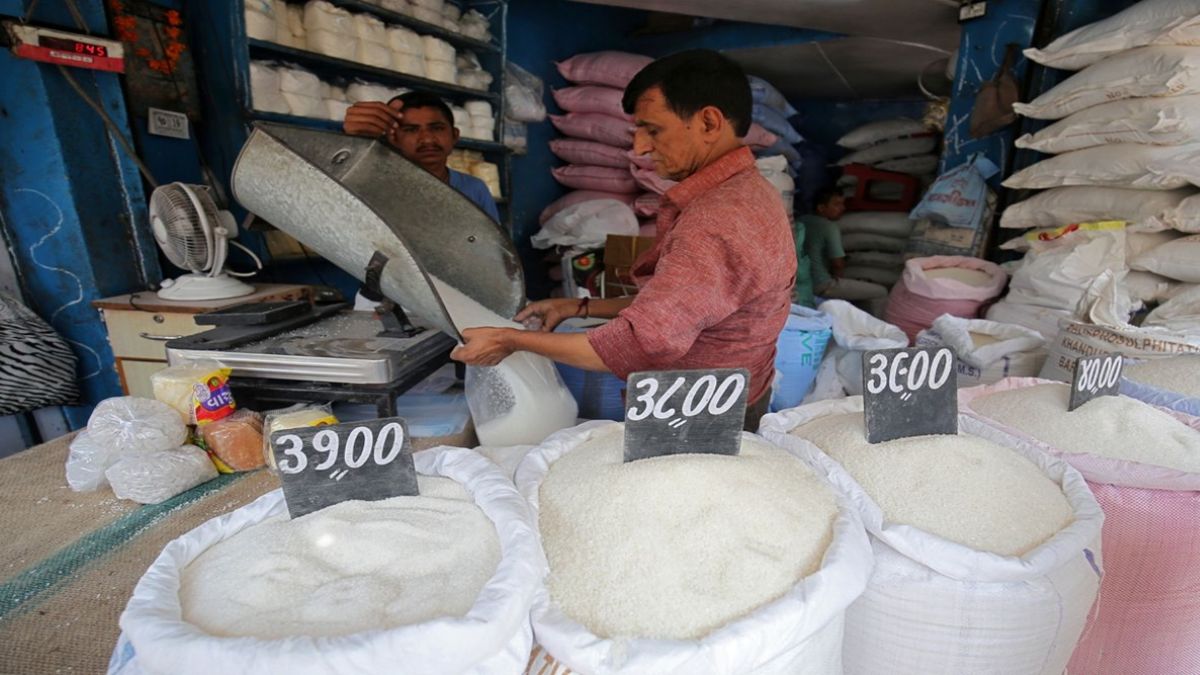India's energy sector is an essential component of the country's economy, and the demand for energy sources continues to grow with the development of industries and the rising population. One of the significant energy sources is petroleum coke (pet coke), which is used as a fuel in various industries. However, the pet coke import policy in India has been a subject of debate due to concerns about pollution and the environment. The situation led to the formulation of new import norms by the Directorate-General of Foreign Trade (DGFT) for the next financial year 2022-23.

In this blog post, we will discuss the new norms, their significance, and what they mean for India's energy sector.
What are the new import norms for pet coke?
According to the recent announcement made by the DGFT, the import of raw pet coke is now allowed for certain industries for the financial year 2022-23. The eligibility criteria for availing the quota has also been clearly defined. All eligible entities must apply for an import license along with the State Pollution Control Board certificate.
The raw pet coke import quota has now been allocated to users in the cement, lime-kiln, calcium carbide, and gasification industries. These industries are identified as those with high-temperature fuel requirements, and importing raw pet coke reduces their manufacturing costs. The raw pet coke can be used as a fuel source in industries, and it is easier to handle and transport than calcined pet coke.
What is the difference between raw pet coke and calcined pet coke?
Raw pet coke is a solid carbonaceous residue derived from refining and cracking processes of petroleum. It is often used as a fuel in industries and power plants. Raw pet coke has a high calorific value and a low ash content. However, it has a high sulfur content, which can lead to environmental pollution.
Calcined pet coke, on the other hand, is produced when raw pet coke is heated to high temperatures (1300-1400°C) to remove impurities such as volatile matter and moisture. This process results in a fuel source with a lower sulfur content and a higher carbon content.
Why are the new norms significant for India's energy sector?
India is the world's second-largest consumer of pet coke after China. The country relies heavily on imports to meet its pet coke demand. However, pet coke has been linked to environmental pollution in India, and the import of pet coke has faced opposition from green activists and environmentalists.
The new import norms are significant for India's energy sector as they aim to strike a balance between the need for energy and environmental concerns. The raw pet coke can be used as a fuel source in industries that need it, and importing raw pet coke is economically viable as it reduces manufacturing costs.
The new norms also help regulate the import of pet coke, ensuring that only eligible entities can import it. The State Pollution Control Board certificate requirement will ensure that the pet coke is used responsibly, and measures are taken to mitigate environmental pollution.
Conclusion
The new import norms for raw pet coke are a step towards a more sustainable and responsible energy sector in India. The allocation of raw pet coke import quota to eligible entities in industries with high-temperature fuel requirements will help reduce manufacturing costs and promote economic growth. The State Pollution Control Board certificate will ensure that pet coke is used responsibly, mitigating environmental pollution. The implementation of these norms is a key aspect of India's energy transition and will play a significant role in achieving India's sustainable development goals.